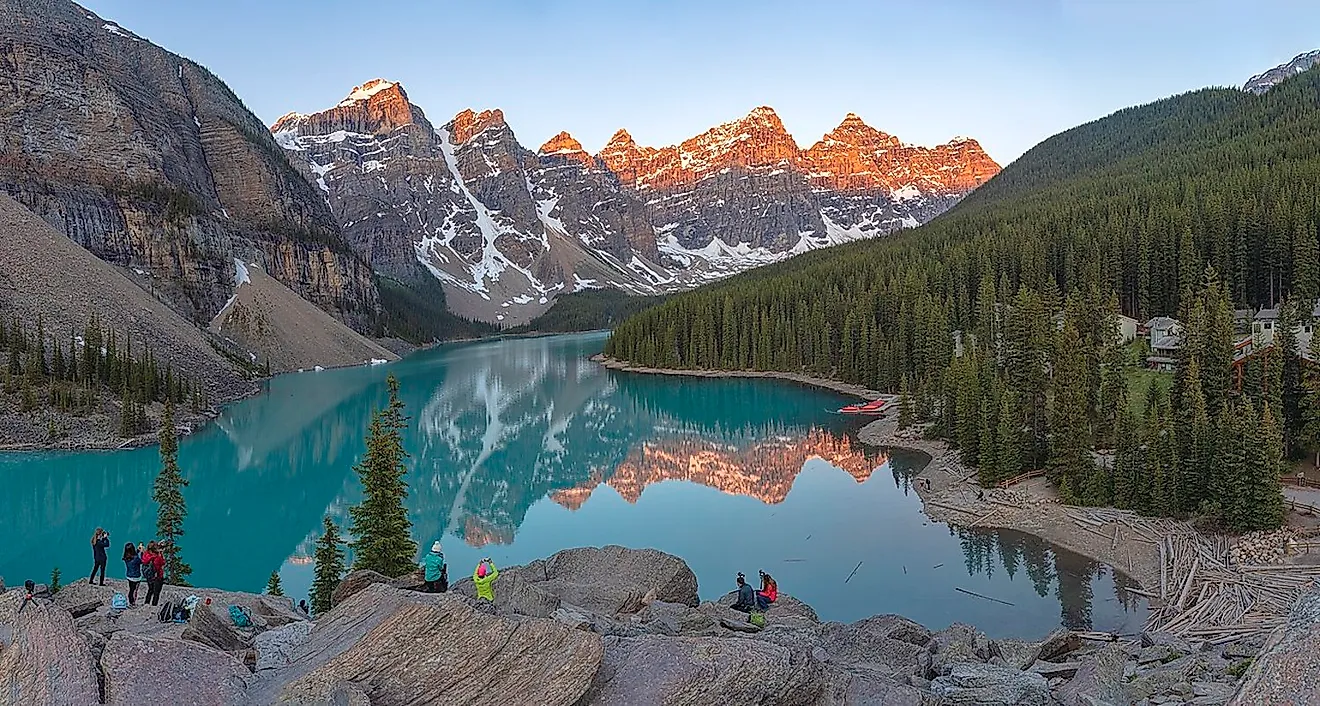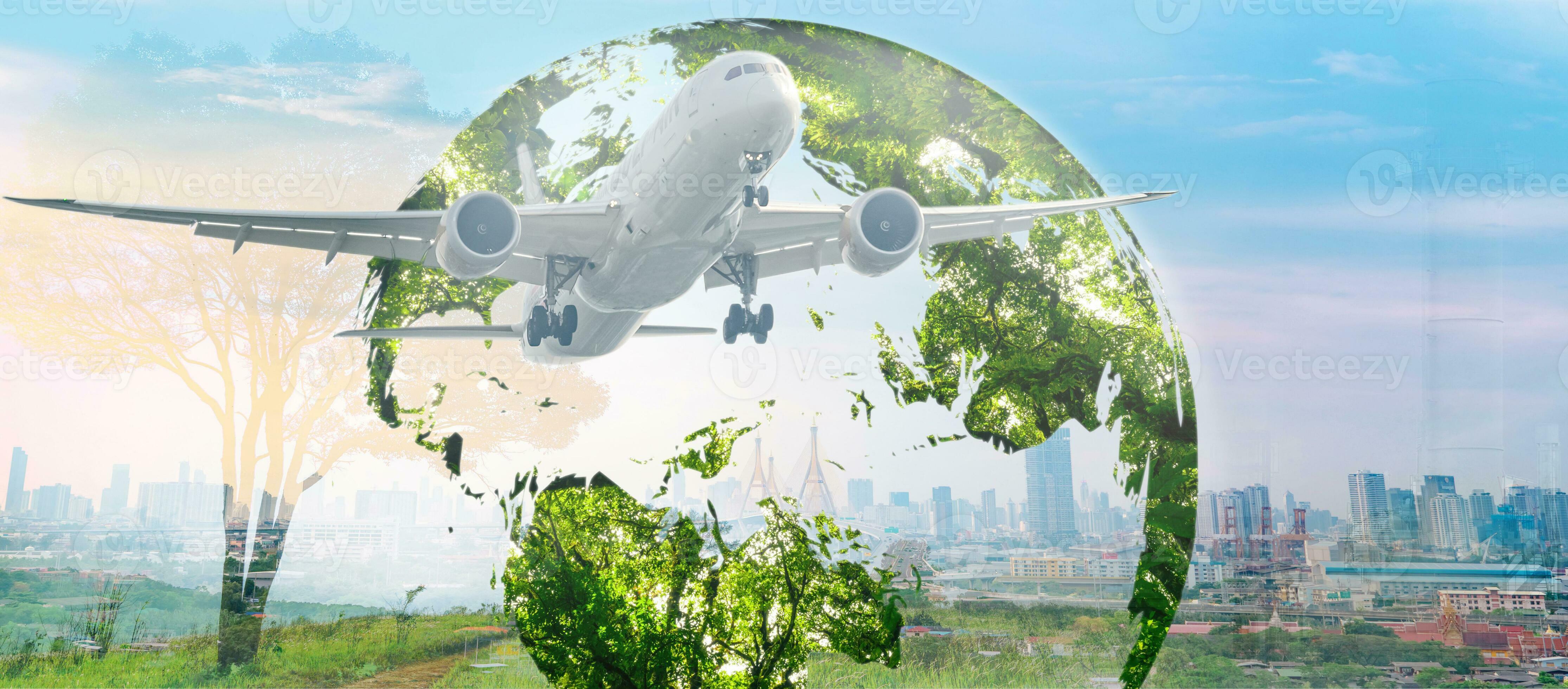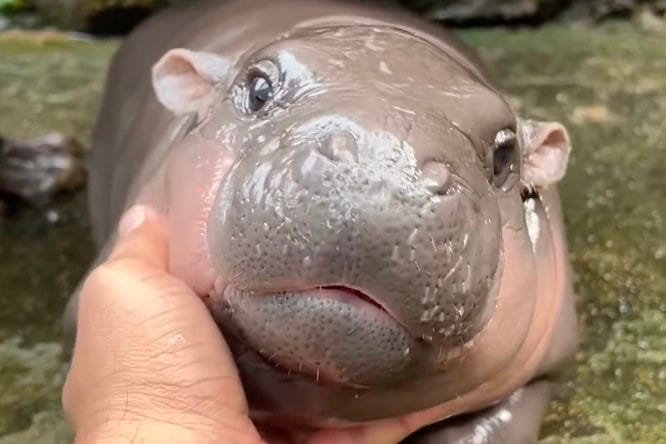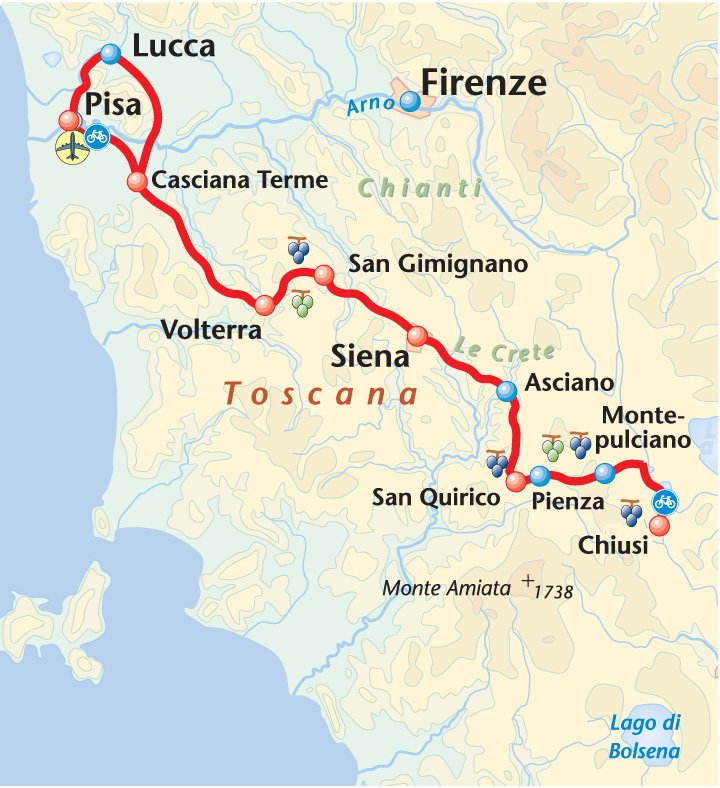Preserving Pristine Paradises

Discovering the Last Remaining Untouched Places on Earth
In a world where human impact is ubiquitous, finding untouched places is a rare occurrence. These areas are crucial for maintaining biodiversity and preserving the natural world.
The Importance of Preserving Pristine Paradises
Untouched places provide a glimpse into the natural world's splendor, unaltered by human activities. They serve as sanctuaries for endangered species, allowing them to thrive in their natural habitats. Moreover, these areas offer scientists a unique opportunity to study ecosystems unaffected by human influence, providing invaluable insights into the natural world.
Challenges in Protecting Untouched Regions
Despite their importance, preserving untouched places poses significant challenges. Human activities like deforestation, pollution, and climate change threaten these areas' very existence. Additionally, the increasing demand for resources and infrastructure development puts pressure on governments to exploit these regions, making conservation efforts an uphill battle.
Exploring the Last Remaining Untouched Places
From the depths of the Amazon rainforest to the remote wilderness of Antarctica, there are still places on Earth that remain untouched. These areas are a testament to the natural world's resilience and beauty. By exploring and understanding these regions, we can gain a deeper appreciation for the importance of preserving them for future generations.
The Challenges of Identifying Intact Ecosystems
Unraveling the Complexity of Preserving Pristine Paradises
The quest to identify untouched ecosystems is a daunting task, fraught with challenges that hinder our ability to pinpoint these areas with precision. Two primary obstacles stand in the way of our pursuit: the scarcity of reliable data and the far-reaching impact of human activities.
The Data Conundrum
The lack of comprehensive and up-to-date information on ecosystem health and human impact makes it difficult to identify intact ecosystems. Traditional methods of data collection, such as field research, are time-consuming and often limited in scope. This scarcity of data hampers our ability to accurately assess the state of ecosystems worldwide.
The Human Footprint
Human activities, such as deforestation, urbanization, and climate change, have left an indelible mark on the natural world. The effects of these activities are far-reaching, making it challenging to find areas untouched by human influence. The cumulative impact of these factors has resulted in the degradation of ecosystems, obscuring the boundaries between intact and compromised environments.
Harnessing Technology and Collaboration
Fortunately, advancements in satellite imaging and collaborative research initiatives offer a glimmer of hope in the pursuit of identifying intact ecosystems. By leveraging these tools, scientists can:
- Conduct comprehensive surveys of ecosystem health
- Monitor human activities and their impact on the environment
- Share knowledge and resources to accelerate discovery
Through the synergy of technology and collaboration, we can overcome the challenges of identifying intact ecosystems, ultimately preserving the pristine paradises that remain.
Hidden Gems: Unspoiled Regions Waiting to be Found
Deep within forests, high mountains, and remote islands lie untouched places, untouched by human development. These natural havens have remained intact for centuries, maintaining their raw beauty and supporting an astonishing array of biodiversity. From the lush rainforests of the Amazon to the towering mountain ranges of the Himalayas, and the secluded islands of the Pacific, these hidden gems are scattered across the globe, waiting to be discovered and protected.
The Importance of Preserving Unspoiled Regions
These areas are home to unique and threatened species, and preserving them is vital for ecological balance. The isolation of these regions has allowed endemic species to evolve independently, making them crucial for scientific research and conservation efforts. Moreover, untouched ecosystems provide essential ecosystem services, including clean air and water, soil conservation, and climate regulation.
Threats to Unspoiled Regions
Despite their importance, unspoiled regions face numerous threats, including deforestation, habitat fragmentation, mining, and climate change. Human activities such as logging, agriculture, and urbanization have led to widespread destruction of natural habitats, pushing many species to the brink of extinction. Furthermore, the increasing accessibility of remote areas has opened them up to tourism, potentially disrupting delicate ecosystems.
Conservation Efforts
To safeguard these hidden gems, governments, organizations, and individuals must work together to establish protected areas, such as national parks and wildlife reserves. Sustainable tourism practices can also support local communities while promoting environmental stewardship. Additionally, research initiatives and community engagement programs can raise awareness about the importance of preserving unspoiled regions.
By taking action to protect these untouched paradises, we can ensure the long-term health of our planet and preserve the natural beauty and biodiversity that make our world unique.
The Importance of Protecting Untouched Places
Preserving untouched places is crucial for maintaining the delicate balance of our planet's ecosystem. These pristine paradises are often home to diverse and unique flora and fauna, which are essential for the long-term health of our planet.
Ecological Significance
Untouched places provide a habitat for numerous plant and animal species, many of which are found nowhere else on Earth. Preserving these areas ensures the continuation of natural processes, such as pollination, seed dispersal, and nutrient cycling, which are vital for the survival of these species.
Conservation Efforts
Conservation efforts, such as establishing protected areas, implementing sustainable practices, and promoting eco-tourism, can help safeguard untouched places for future generations. Responsible exploration, like guided tours and environmentally-friendly activities, can also support conservation while allowing us to experience and appreciate these natural wonders.
Interconnectedness of Ecosystems
Untouched places are often interconnected with surrounding ecosystems, and their preservation has a ripple effect on the health of the entire planet. By protecting these areas, we can maintain biodiversity, prevent soil erosion, and support climate regulation.
A Legacy for Future Generations
By preserving untouched places, we can leave a lasting legacy for future generations. These areas will continue to inspire wonder, support scientific research, and provide opportunities for exploration and discovery.
Exploring the Last Frontiers with Care
As we venture into the world's most untouched and breathtaking destinations, it's crucial that we do so with sensitivity and mindfulness. The allure of exploring the unknown can sometimes cloud our judgment, leading to unintended harm to the very environments we seek to discover.
The Importance of Minimal Impact
When venturing into untouched places, it's essential to minimize our impact and respect the natural environment. This means adopting practices that leave the slightest footprint possible. From refraining from littering to avoiding sensitive habitats, every small action counts in preserving the pristine beauty of these areas.
Some simple yet effective ways to achieve minimal impact include:
- Staying on designated trails to prevent erosion and damage to vegetation
- Avoiding removal or damage of plants, rocks, or other natural features
- Respecting wildlife and their habitats, keeping a safe distance and not feeding them
- Using eco-friendly accommodations and transportation options whenever possible
Empowering Conservation through Responsible Tourism
Responsible exploration and tourism can support conservation efforts and promote environmental awareness. By choosing tour operators that adhere to sustainable practices and contributing to local conservation initiatives, travelers can play a vital role in protecting these precious ecosystems.
Some notable examples of successful responsible tourism initiatives include:
- Community-led conservation projects, empowering local populations to manage and protect their natural resources
- Eco-lodges and environmentally sustainable accommodations that minimize waste and support reforestation efforts
- Guided tours led by knowledgeable experts who promote environmental education and awareness
By embracing responsible exploration and tourism practices, we not only ensure the preservation of pristine paradises but also contribute to the well-being of local communities and the planet as a whole.


















Comments ()